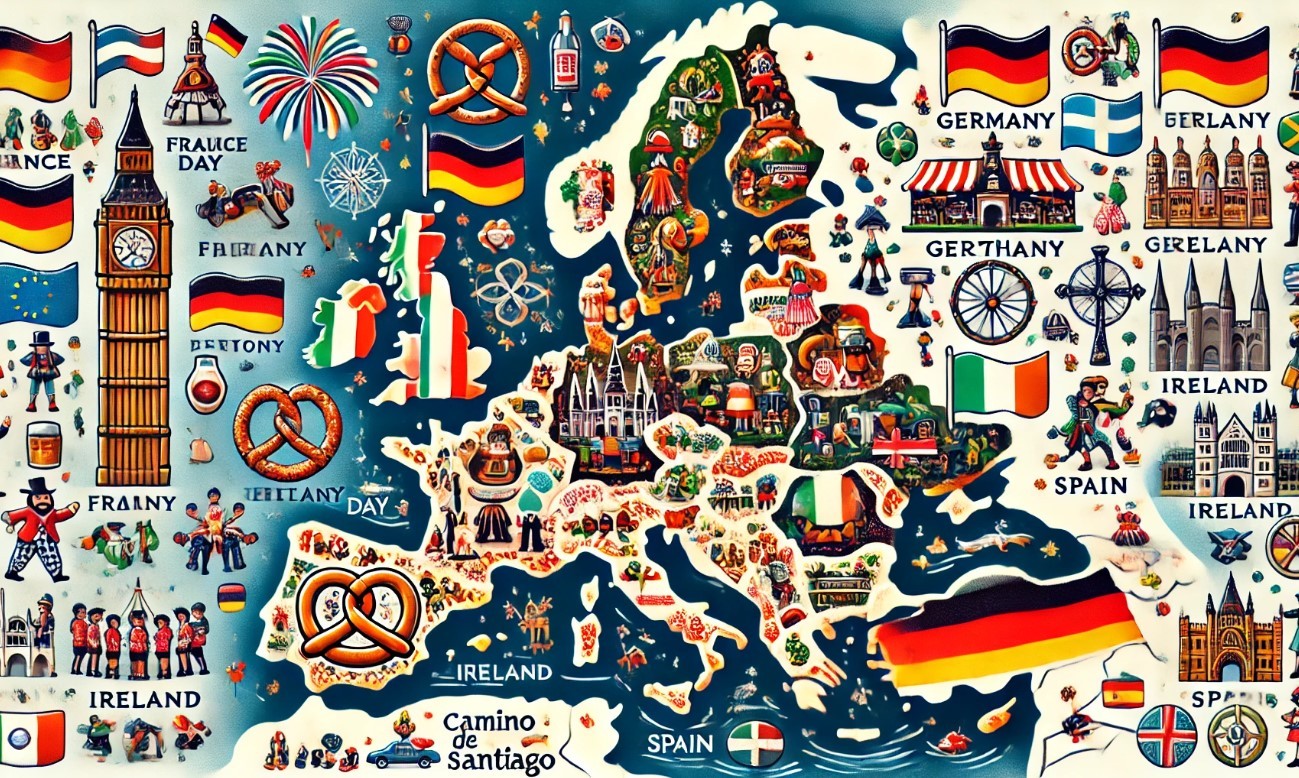Top 10 Weirdest Buildings In Europe with the Bizarre Shapes
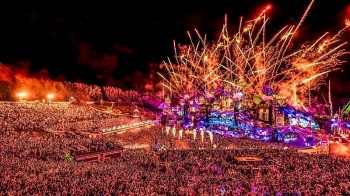 Top 25 Most Popular Festivals In Europe 2024 You Should Enjoy Top 25 Most Popular Festivals In Europe 2024 You Should Enjoy |
 Top 10 Most Beautiful Fountains In Europe You Should Visit Top 10 Most Beautiful Fountains In Europe You Should Visit |
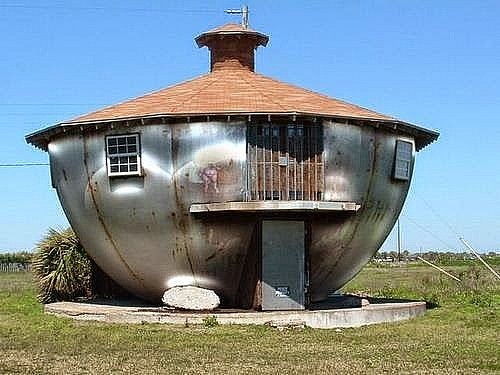 |
| The Weirdest Buildings In Europe |
When planning a trip to Europe, most visitors want to see world-famous monuments, iconic cityscapes, and places that have inspired change and innovation around the world. But what about architecture that causes people to stop, stare, and wonder why?
The following architectural treasures provide their towns a distinct personality and a sense of distinctiveness. They're less ordinary and more... unique.
Top 10 Weirdest Buildings in Europe
1. Upside Down House - Poland
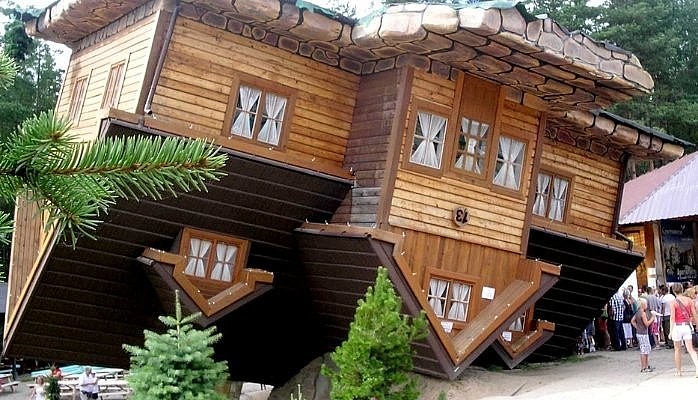 |
The "Upside Down House" in Poland is one of the world's most bizarre structures. Built in 2007, this mansion has become a local tourist attraction as well as one of the country's most distinctive monuments.
It is the only one of its sort in Poland, and is located near the village of Szymbark in the country's north. It was also Europe's first of its sort.
The house is practically a completely equipped home, with the difference that the façade looks to be erected on its roof, thus the name. The inside decor is reminiscent of a 1970s socialist home, complete with an ancient television that plays antique propaganda on loop.
The house also appears to have the world's longest plank, measuring 120-8 feet (36.83 meters). Other versions have been created all throughout the world after its erection, including Ankara, Turkey.
READ MORE: Top 7 Tallest Buildings in Each Continent You Mut Know
2. Hobbit House - Wales, United Kingdom
 |
A Hobbit-style dwelling can be seen in a remote area of Wales, UK. The house is a "Lord of the Rings" fan's fantasy as well as one of the world's most eco-friendly.
The Dale family designed and built it, which took about four months and cost less than £3,000 to complete. It was built from oak thinnings, as well as mud and stone for the floor.
Straw bales give insulation. The walls were lime plastered, and repurposed wood was used for flooring, fittings, windows, and so on.
3. Graz Kunsthaus - Austria
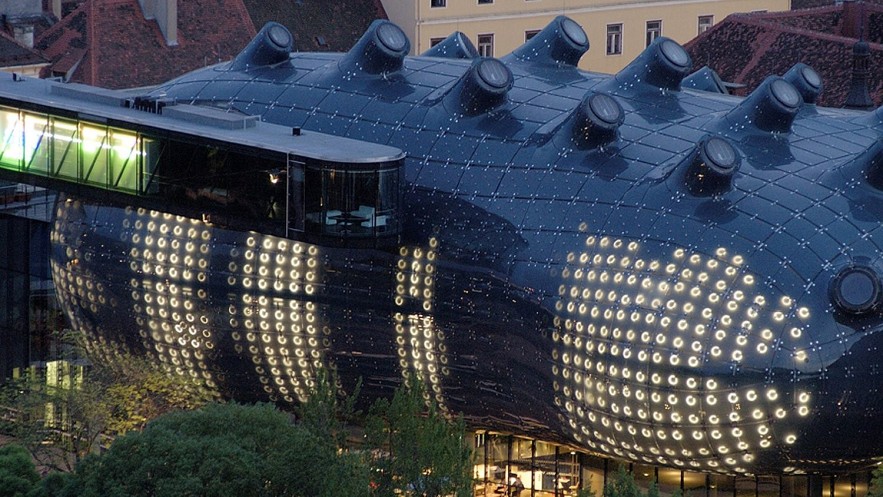 |
Kunsthaus Graz (also known as Grazer Kunsthaus or Graz Art Museum) is another uncommon edifice in Europe. It was built as part of the European Capital of Culture celebrations in the early 2000s and has since become a landmark in Austria.
Colin Fournier designed it, and according to the Bartlett School of Architecture at University College London, it was intended to be controversial from the start. The building, which is now a museum of contemporary art from the 1960s onwards, is an example of so-called "blob" architecture.
Its outer coating is made up of blue acrylic panels that also function as photovoltaic panels (also known as sun panels). The building is known locally as the "Friendly Alien" or "Black Tumor" and is located in Graz, Austria.
4. House Attack - Austria
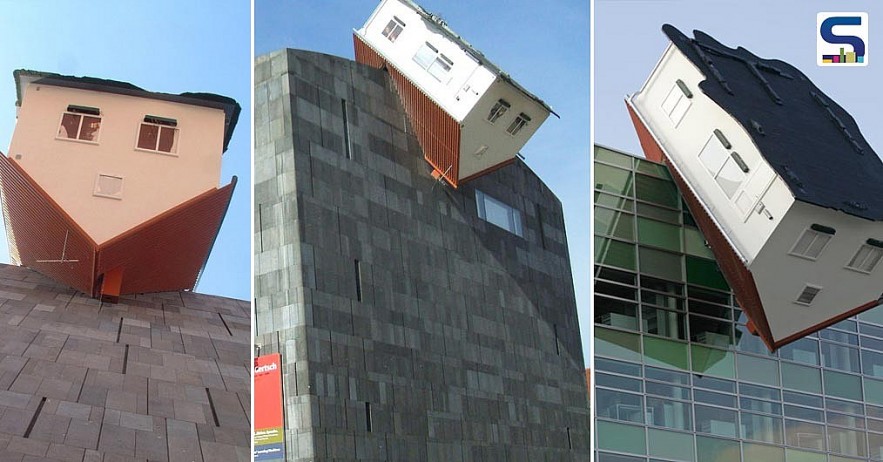 |
"House Attack" in Austria is another of Europe's weirdest constructions, resembling the aftermath of a home being fired at castle walls from a large catapult. The house adjacent to the main building is the work of artist Erwin Wurm and is more of an art piece than a functional building.
It was put on the facade of the Museum Moderner Kunst in Vienna, Austria, in 2006. The installation was later removed.
5. Crooked House - Poland
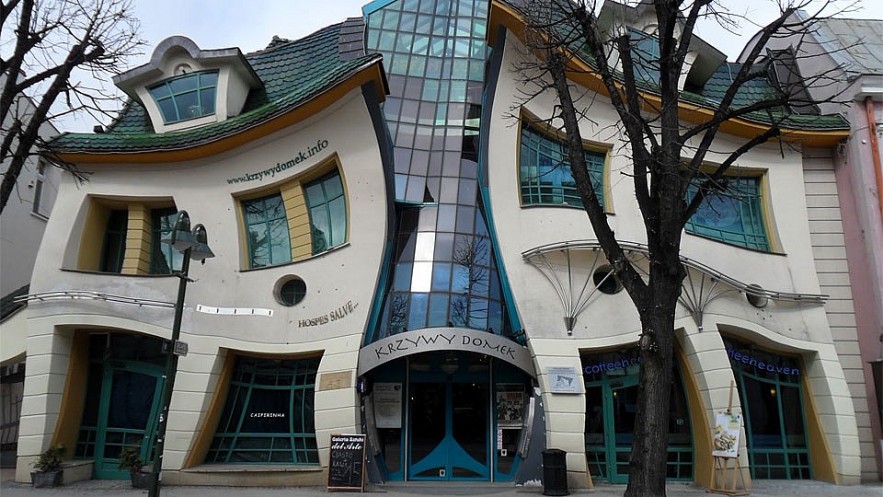 |
Another of the world's strange buildings is the "Crooked House," or Krzywy Domek in Polish. The building was constructed in 2004 in Sopot, Poland.
It is part of the Rezydent shopping area and covers around 13,120 square feet (4,000 square meters) over many storeys. The building was created by Szotyscy & Zaleski, who were allegedly influenced by Jan Marcin Szancer and Per Dahlberg's fairytale drawings and images.
One of the city's most identifiable features, the structure houses restaurants, stores, and even a radio station. It has also become a tourist destination.
6. Stone House - Portugal
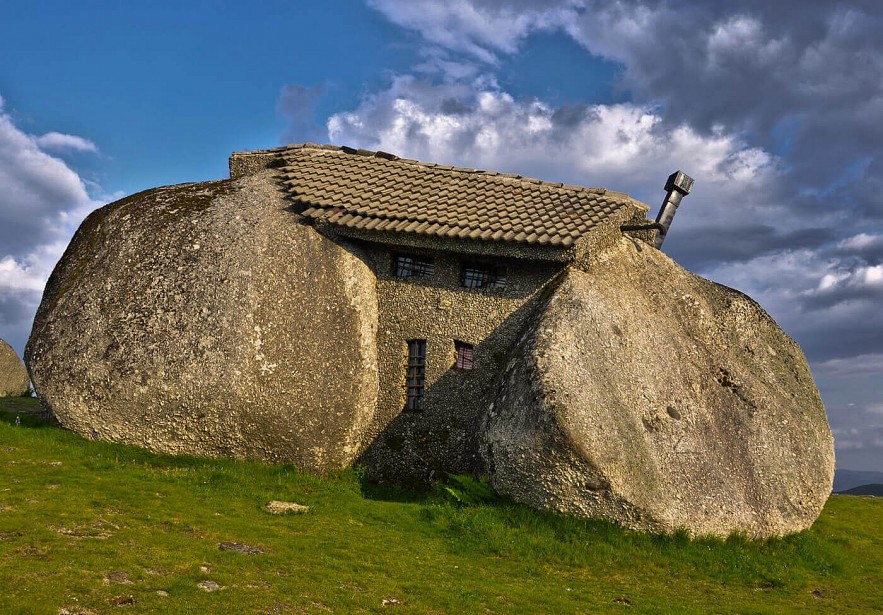 |
The "Stone House," also known as Casa do Penedo in Portuguese, is another uncommon European structure. It is now a historical monument located in northern Portugal between Celorico de Basto and Fafe.
The term derives from the fact that the structure is built between a series of enormous rocks that serve as the building's foundations, most of its walls, and even parts of its ceiling. Construction began in the early 1970s and took around two years to finish.
Originally designed as a vacation spot for the building's owner, it is now a museum with antiques and images depicting the building's history.
7. Heliodome - France
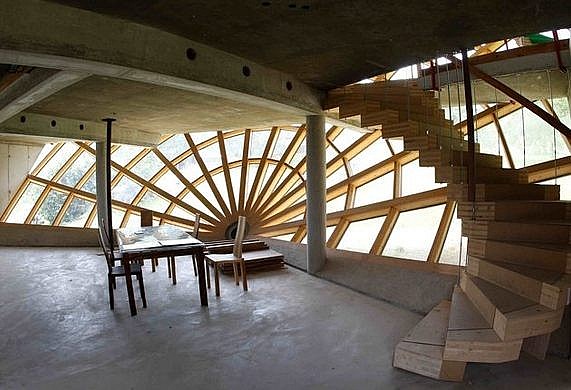 |
The Heliodome in France is another one of Europe's most bizarre structures. The building was created by cabinet maker Eric Wasser to be as environmentally friendly as feasible at the time of construction.
It was built at an exact angle to offer shade during the summer months to keep the house cool and temperate, and enough sun during the winter months to warm the interior.
Its basic design is based on a sundial, and Wasser filed a patent for his concept in the early 2000s after a decade or two of research.
READ MORE: Top 10 Glorious Abandoned Buildings In The World
8. Revolutionary Monument - Croatia
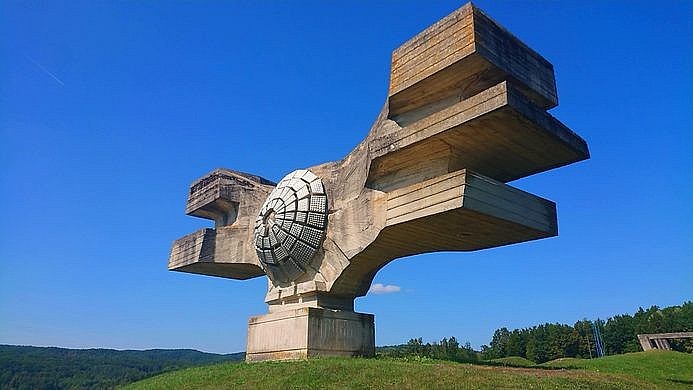 |
The "Monument to the Revolution," possibly the basis for Magnemite from Pokémon, is yet another strange European structure. The "Monument to the Revolution of the People of Moslavina" is a World War II monument sculpture in Podgari, Berek municipality, Croatia.
It was constructed to commemorate the local community's insurrection and uprising against Ustae invading forces in the broader Moslavina and Zagreb region during WWII (known as the National Liberation in Croatia).
Duan Damonja designed the monument, which stands around 32.8 feet (10 meters) tall and 65.6 feet (20 meters) wide. It was constructed in 1967 and took around two years to complete.
9. Holy Spirit's Church
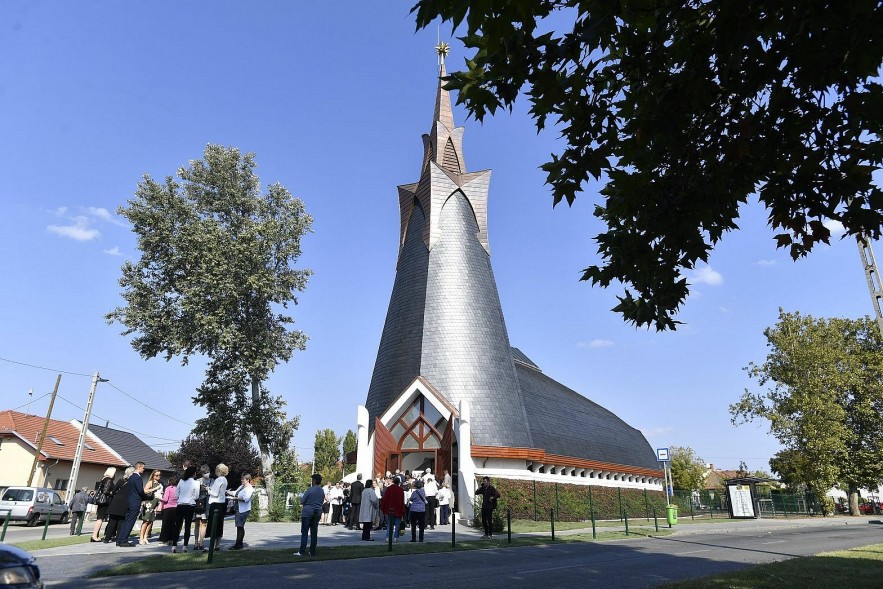 |
The Church of the Holy Spirit in Paks, Hungary, is another of Europe's oddest structures. The structure is a Roman Catholic church known as Makovecz church.
It was created by Imre Makovecz and is widely regarded as one of the world's best examples of so-called organic architecture. While it is rather tiny, its architectural design makes it appear much larger than it is.
10. Cube Houses - Netherlands
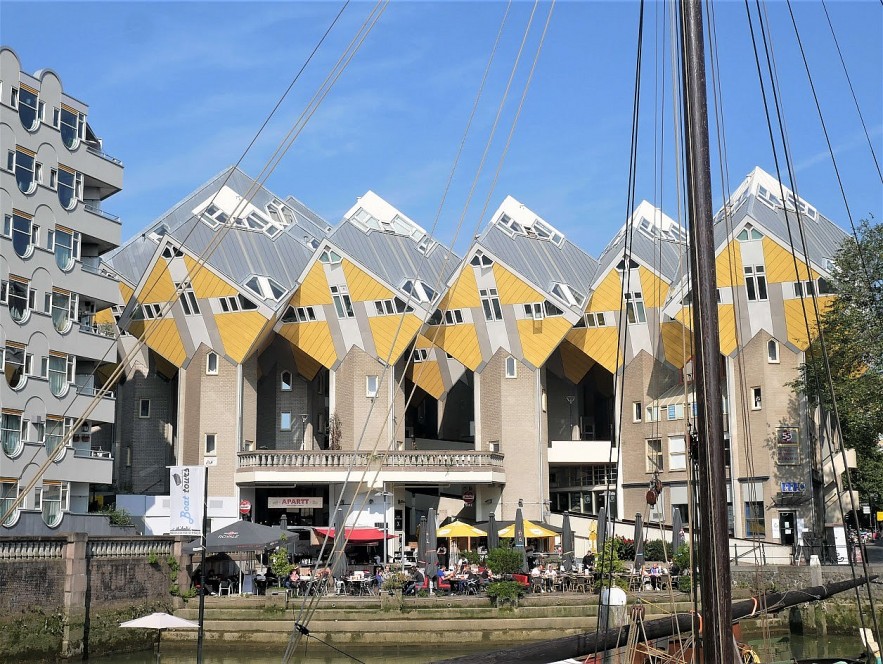 |
The Cube Houses, or kubuswoningen in Dutch, are some of Europe's most peculiar structures. They were built in Rotterdam by architect Piet Blom and are said to be based on the concept of "living on an urban roof."
As the name implies, the residences are a group of angled cubes tiled at 45 degrees and are one of the city's most famous features. These houses, which were built over 30 years ago, have become a major tourist attraction in the city.
The purpose of this unconventional design is to maximize the available space inside the residences. In total, 38 "super-cubes" were erected, with two more on the way.
Conclusion
European architecture is without a doubt the most diversified in terms of architectural styles that have evolved over the years. From ancient Roman architecture to modern and futuristic-looking structures, all of these masterpieces deserve to be admired.
 Top 10+ Weirdest People In The World That Will Surprise You Top 10+ Weirdest People In The World That Will Surprise You Everyone is distinctive in their own way. Some of the strangest people have incredible talent, while others have unique characteristics. Let's look at the top ... |
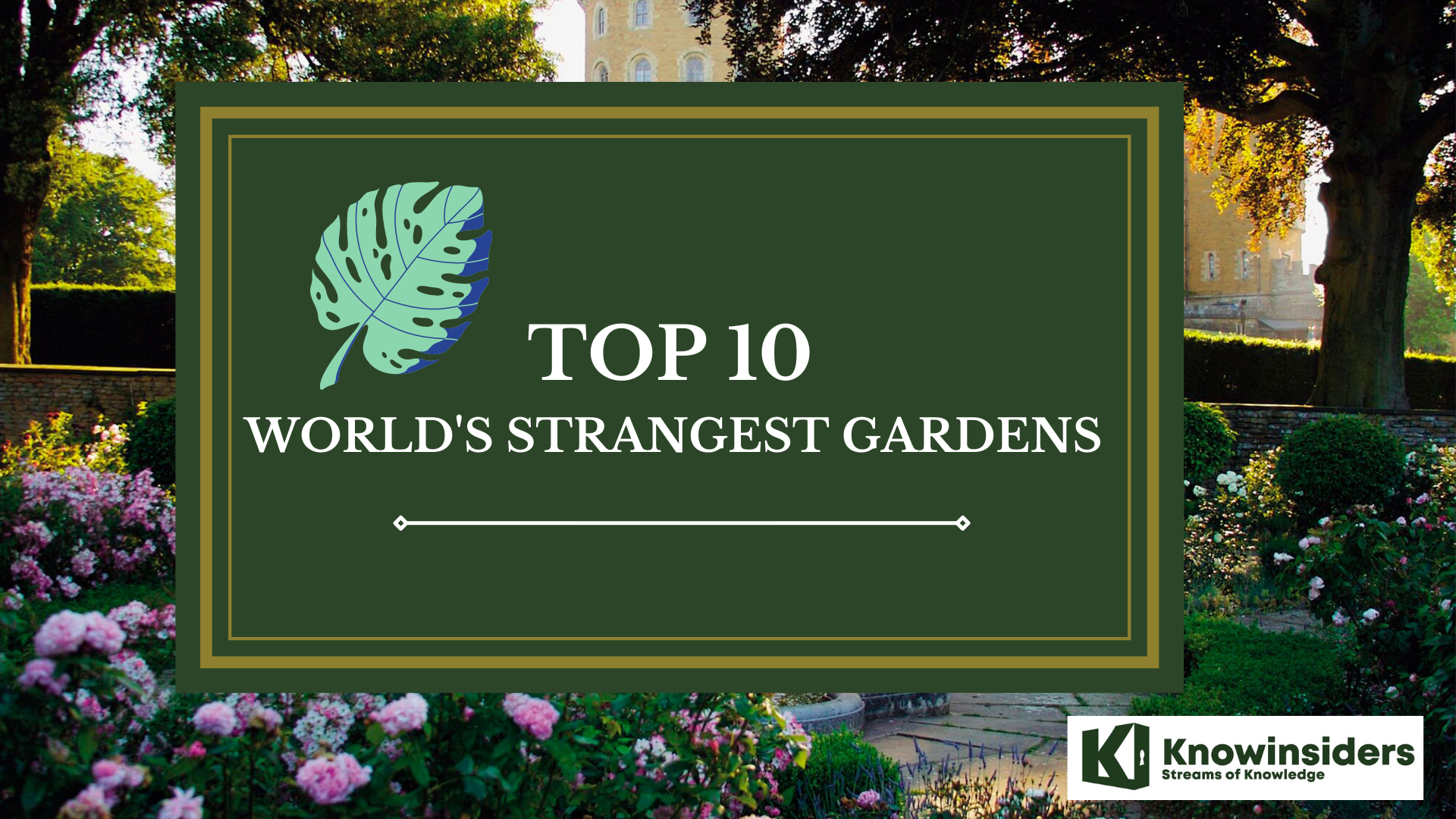 Top 10 Weirdest Gardens in the World For Discovering Top 10 Weirdest Gardens in the World For Discovering Now that the famous Chelsea Flower Show has put away its bright displays, we figured it would be a good time to highlight the weirdest ... |
 Top 10 Weirdest New Year Traditions In The U.S Top 10 Weirdest New Year Traditions In The U.S Have you found the ways to celebrate New Year in the US? Take a look at the weirdest ways and celebrate those traditions. Happy New ... |




